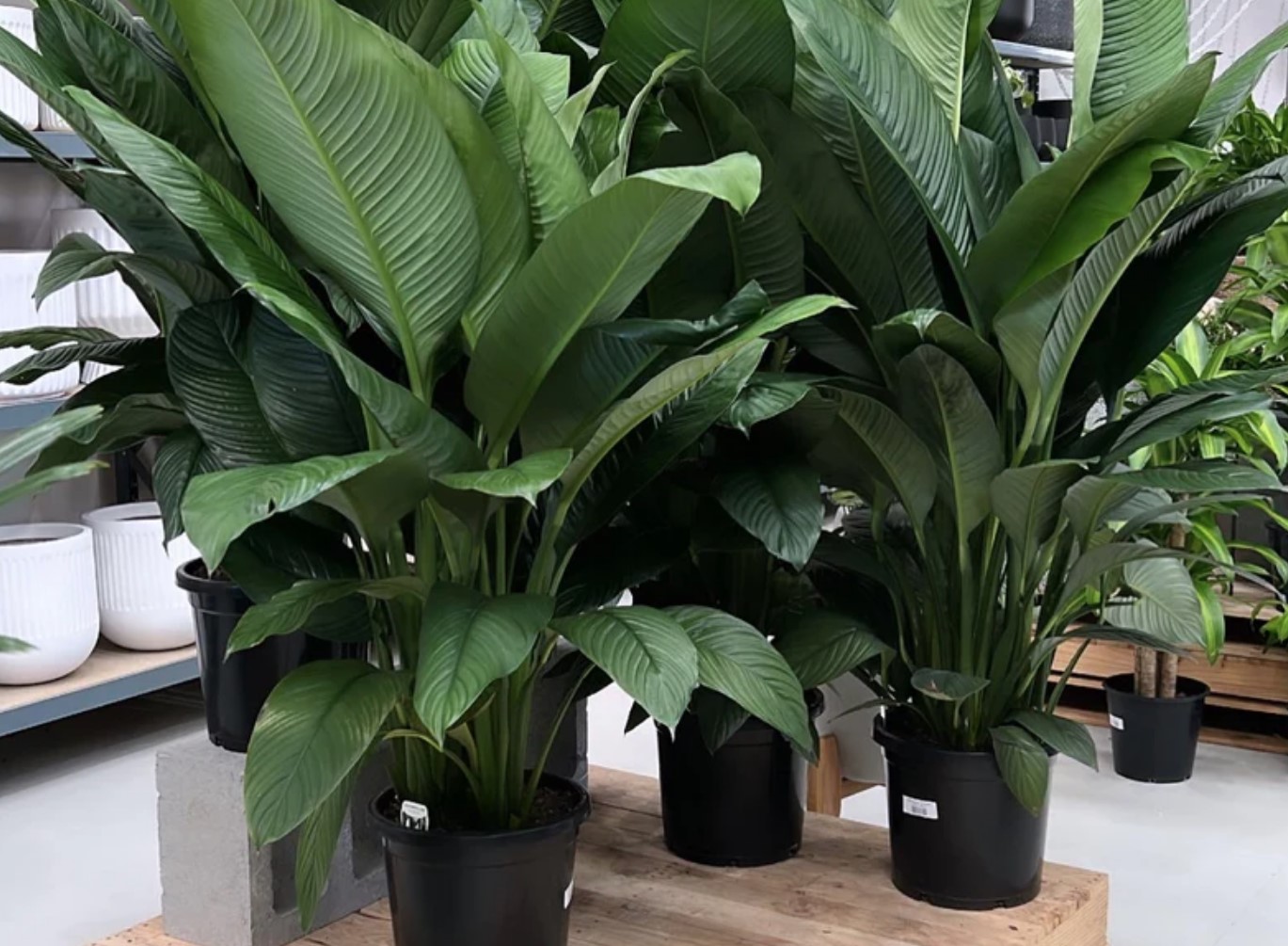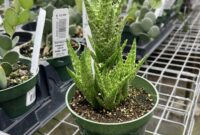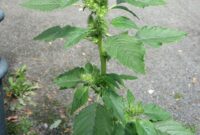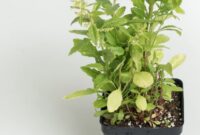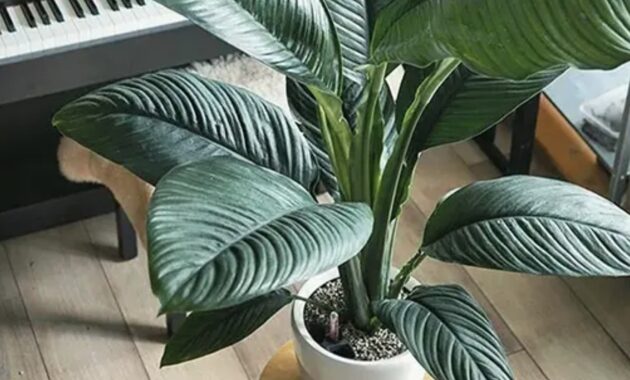
What is a Spathiphyllum Plant?
A Spathiphyllum, often affectionately called a Peace Lily, is a popular houseplant known for its elegant, white flowers and lush green foliage. It’s a low-maintenance plant that can thrive indoors, making it an excellent choice for beginners and experienced plant enthusiasts alike.
How to Care for Your Spathiphyllum
Light Requirements:
- Indirect Light: Spathiphyllum plants prefer bright, indirect light. A spot near an east-facing window is ideal. Avoid direct sunlight, as it can scorch the leaves.
Watering:
- Consistent Moisture: Keep the soil consistently moist, but not soggy. Water thoroughly, allowing excess water to drain.
- Signs of Overwatering or Underwatering:
- Overwatering: Yellowing leaves, root rot.
- Underwatering: Brown leaf tips, drooping leaves.
Temperature and Humidity:
- Ideal Temperature: 65-80°F (18-27°C).
- Humidity: Spathiphyllum plants thrive in humid environments. Mist the leaves regularly or use a humidifier.
Fertilizing:
- Balanced Fertilizer: Use a balanced liquid fertilizer diluted to half strength every 2-4 weeks during the growing season (spring and summer).
Soil:
- Well-Draining Soil: A well-draining potting mix is essential. You can use a commercial potting mix or create your own by combining peat moss, perlite, and orchid bark.
Pruning:
- Remove Dead or Damaged Leaves: Regularly remove any dead or damaged leaves to maintain the plant’s appearance and health.
Propagation:
- Division: Divide mature plants during repotting. Carefully separate the plant into smaller divisions, each with roots and foliage.

Benefits of Owning a Spathiphyllum
- Air Purification: Spathiphyllum plants are known for their air-purifying properties, removing toxins like formaldehyde and benzene from the air.
- Low Maintenance: They are relatively easy to care for, making them ideal for busy individuals.
- Aesthetic Appeal: Their elegant flowers and lush foliage add a touch of beauty to any room.
Common Issues and Solutions
- Yellowing Leaves:
- Overwatering: Reduce watering frequency.
- Nutrient Deficiency: Fertilize the plant.
- Brown Leaf Tips:
- Underwatering: Increase watering frequency.
- Low Humidity: Mist the leaves or use a humidifier.
- Drooping Leaves:
- Underwatering: Water the plant thoroughly.
- Overwatering: Allow the soil to dry out slightly between waterings.
- Pest Problems:
- Mealybugs and Spider Mites: Treat with insecticidal soap or neem oil.
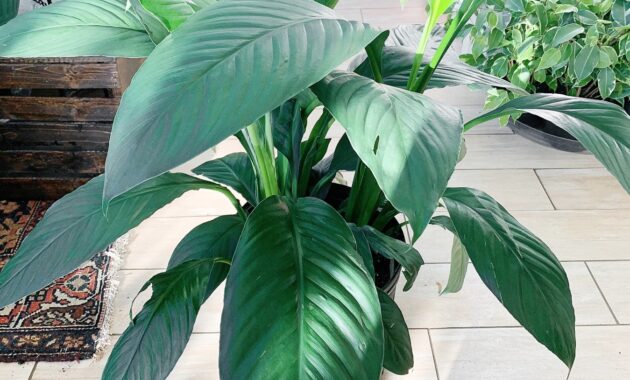
Conclusion
Spathiphyllum plants are a wonderful addition to any home. With proper care, they can thrive and bring beauty and health benefits to your living space. By following these simple tips, you can enjoy the elegance and air-purifying qualities of your Peace Lily for years to come.
FAQs
- Can I grow a Spathiphyllum plant in low light?
While Spathiphyllum plants prefer bright, indirect light, they can tolerate low light conditions. However, they may not flower as profusely. - How often should I repot my Spathiphyllum plant?
Repot your Spathiphyllum every 2-3 years or when the plant becomes root-bound. Choose a pot that is slightly larger than the current one. - Are Spathiphyllum plants toxic to cats and dogs?
Yes, Spathiphyllum plants are toxic to pets. If ingested, they can cause oral irritation, vomiting, and difficulty swallowing. - Why is my Spathiphyllum plant not flowering?
Several factors can prevent Spathiphyllum plants from flowering, including insufficient light, improper watering, or lack of nutrients. Ensure your plant receives adequate light, water, and fertilizer to encourage blooming. - Can I propagate my Spathiphyllum plant from leaf cuttings?
No, Spathiphyllum plants cannot be propagated from leaf cuttings. They are typically propagated by division, separating the plant into smaller divisions during repotting.
